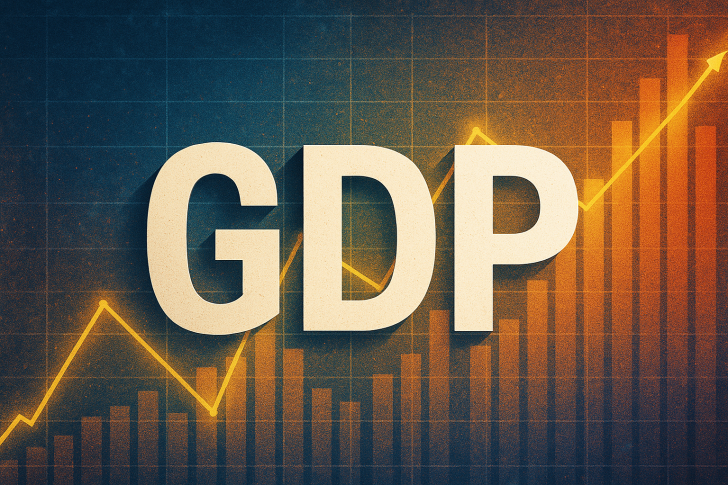● According to @SethCL, AI-related investment made up 31% of U.S. GDP growth in the first half of 2025—a dramatic jump from the typical 9-14% seen in previous years. This surge shows just how central artificial intelligence has become to economic expansion.
● However, it's not accurate to say the economy would stall without AI. As @SethCL points out, "Growth excluding AI-spend was still +1.1%." So while AI is a major driver, it's not the only one.
● The concern is sustainability. When one sector carries so much weight, the economy becomes vulnerable. If AI investment slows—whether from regulation, funding cuts, or market saturation—the fallout could be significant. There's also risk of overinvestment and misallocated capital.
● From a financial standpoint, this concentration creates volatility. A sudden pullback in AI spending could dampen GDP momentum and shake investor confidence. Many economists argue for more balanced growth across sectors like manufacturing, energy, and services to reduce dependency and stabilize the economy.
● This shift represents a structural change in how growth happens. AI is opening doors, but its dominance reveals an imbalance. Traditional GDP drivers that once contributed steady 2-3% growth have slowed, leaving AI to pick up the slack—a development that's both exciting and risky.
● As @SethCL noted: "In 1H 2025, AI-related investment accounted for 31% of GDP growth. Abnormally large diversion from typical GDP growth drivers." The takeaway? AI is powering much of today's economy, but it's not the whole story.
 Usman Salis
Usman Salis

 Usman Salis
Usman Salis


